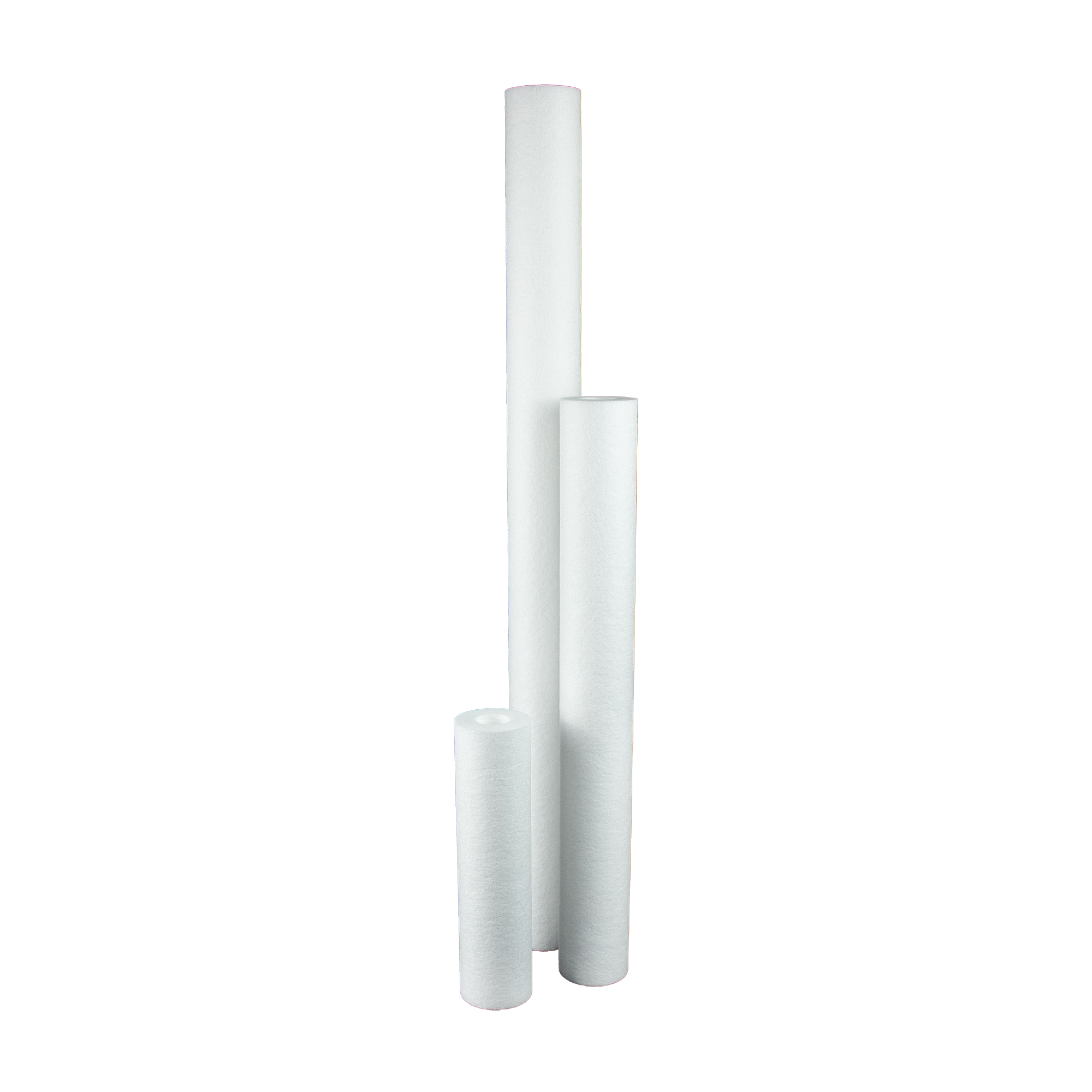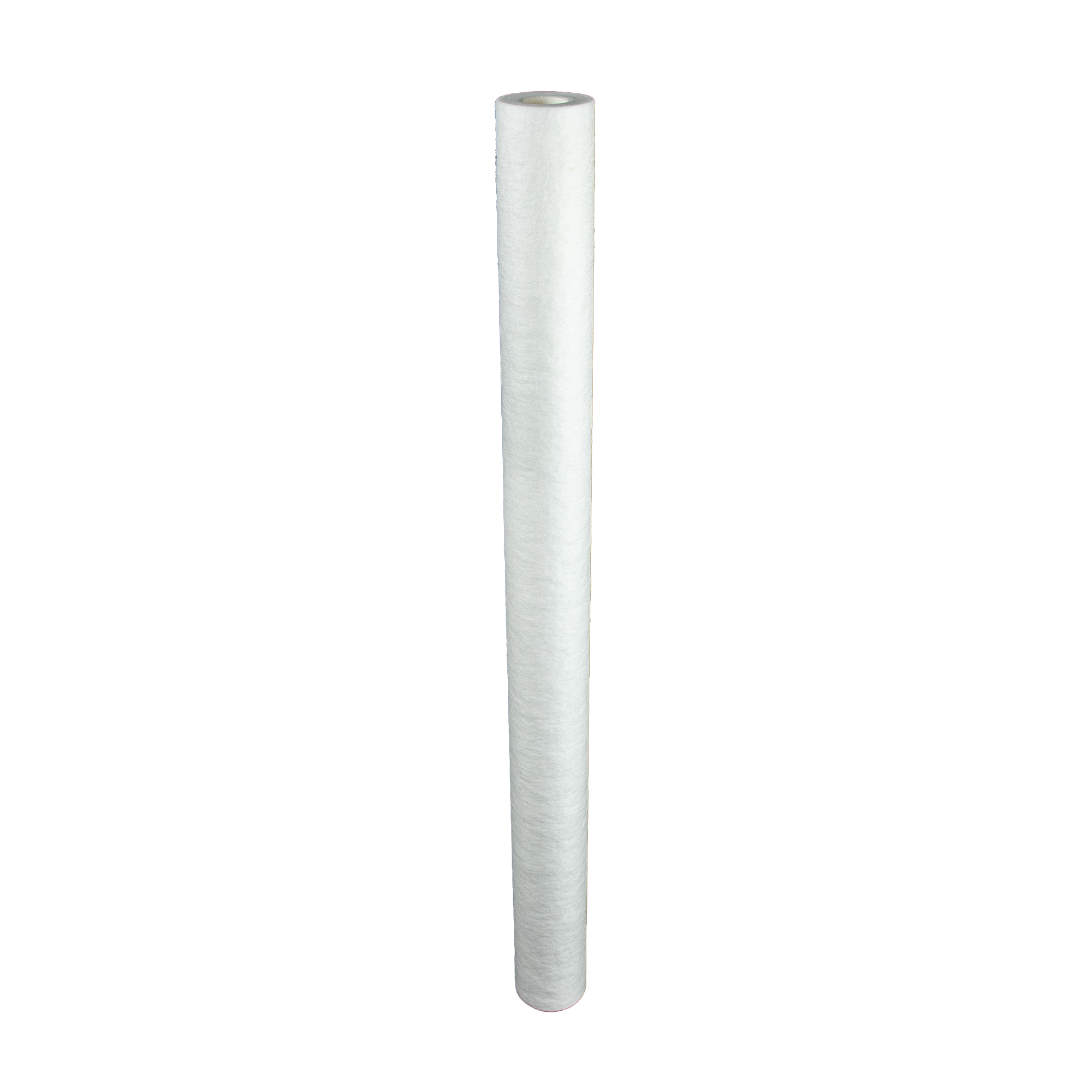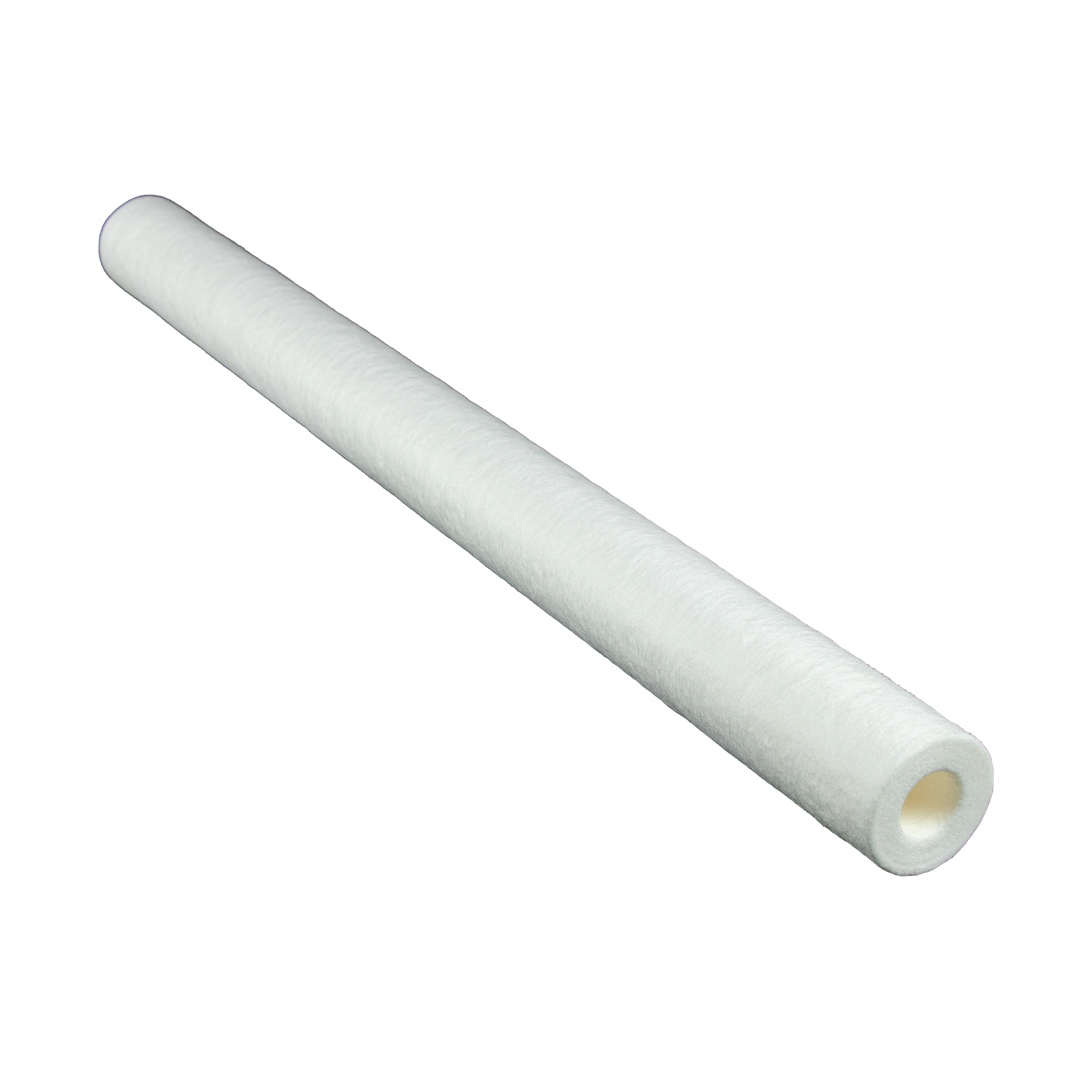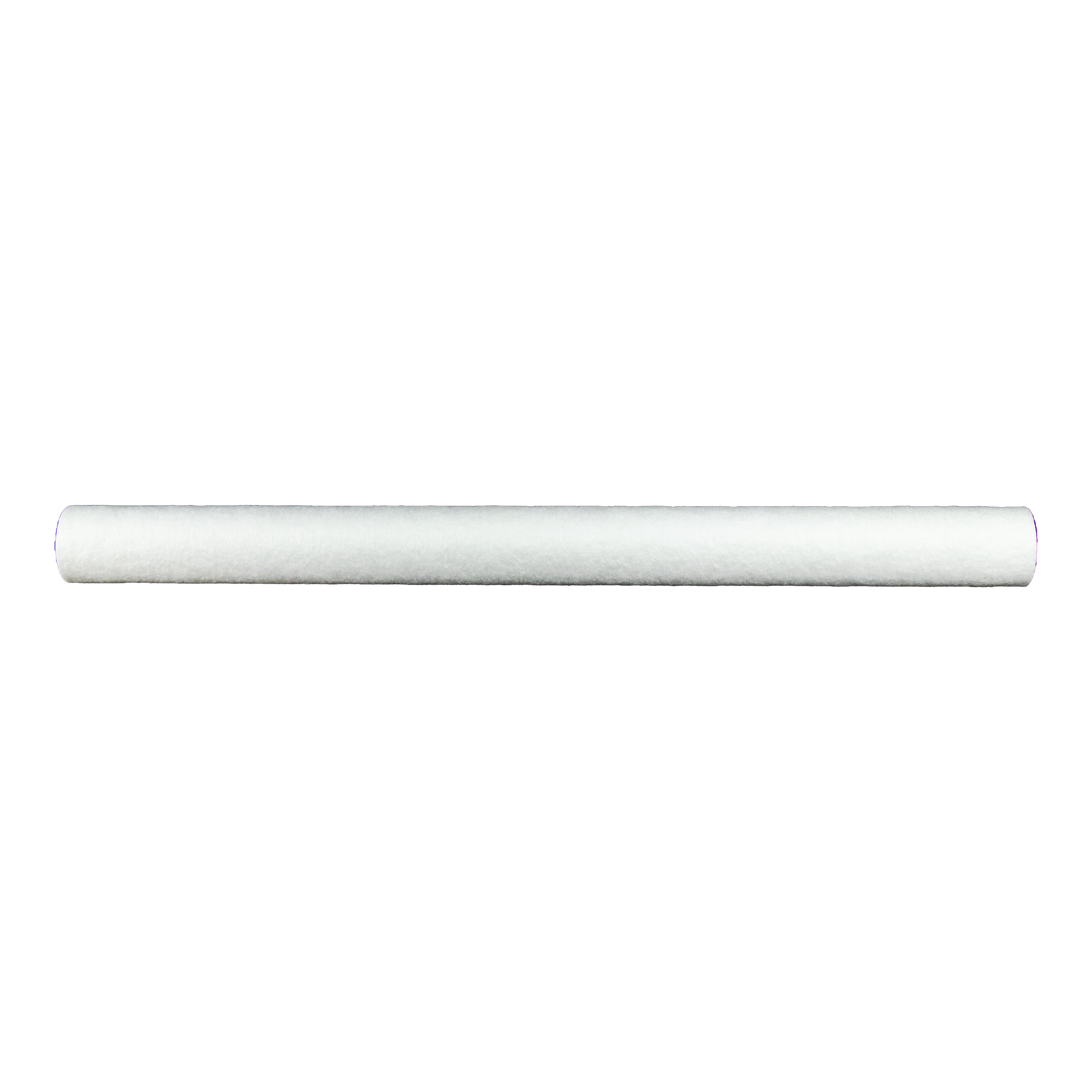TruDepth Spun Nylon (SSN)
- Suitable for an extensive range of chemical and solvent compatibility applications
- High temperature capability due to a rigid filter matrix and self-supporting structure
- Filtration of fine chemicals and solvents
- Hydraulic fluids
- Plating solutions
- High efficiency filtration on hot water loop systems
- High temperature applications
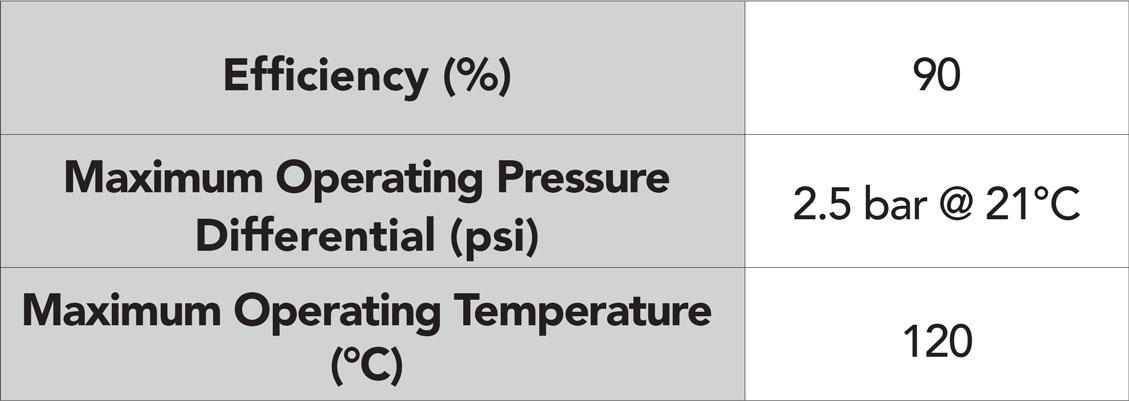

Features & Information
Constructed using thermally fused nylon microfibres for use in applications where polypropylene is incompatible with incoming fluid (such as with solvents or hydrocarbons), the SPECTRUM SSN can withstand temperatures as high as 120°c and offers excellent particulate efficiency in more challenging applications.
FAQs - SSN
These cartridges work by trapping particles and contaminants as the fluid flows through the porous structure of the filter material. The graded density of the spun bonded fibres create a matrix that effectively captures larger particulate towards the outside of the cartridge and smaller particulate towards the inside, minimising the rate at which large particles block up the finer filtration media.
Spun bonded filter cartridges are effective at removing a wide range of contaminants, including sediment, rust, sand, silt, algae, and other suspended (not dissolved) particulate from liquids.
The SSN cartridge is designed to provide efficient filtration in applications where compatibility with solvents and hydrocarbons is essential, or where polypropylene filters may not be suitable due to chemical interactions.
SSN cartridges are constructed using thermally fused nylon microfibres. They have a rigid filter matrix and a self-supporting structure. These features make them suitable for applications operating at temperatures as high as 120°C while offering excellent particulate efficiency.
